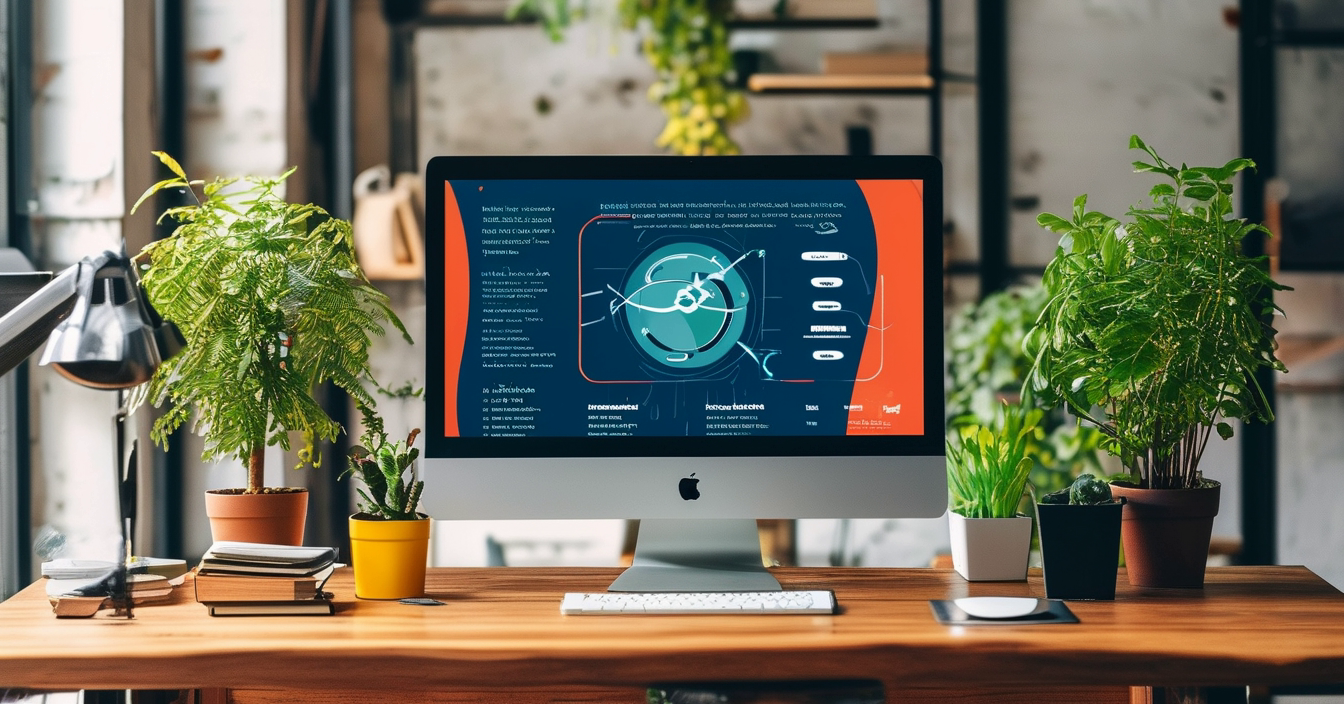A poorly designed website that’s difficult to navigate can drive visitors away within seconds. A user-friendly website design isn’t just a nice-to-have—it’s essential for keeping users engaged and improving your site’s overall performance.
Whether you’re a small business owner, marketer, or web designer, these essential tips will help you craft a seamless user experience that keeps visitors coming back.
1. Use a Responsive Website Design
A responsive website ensures that your site looks and functions properly across all devices—desktops, tablets, and smartphones. With over 50% of traffic coming from mobile devices, a mobile-friendly website is no longer optional.
👉 Recommended resource: Google’s Mobile-Friendly Test Tool
2. Simplify Website Navigation
Clear, intuitive navigation is a key element of user-friendly website design. Each page should have a clearly labeled title, and menus should be organized logically. If your website has a lot of content, consider adding a sidebar menu or a search bar to improve accessibility.
🔗 Related article: Website Navigation Best Practices
3. Place the Logo Strategically
Your website’s logo should be placed at the top-left corner, which is the standard convention users expect. Make the logo clickable—so it links back to the homepage—to enhance usability.
✅ A well-placed, clickable logo improves brand recognition and improves user navigation.
4. Use High-Quality, Relevant Images
Use high-quality images that support your website content. Avoid cluttering pages with too many visuals or distracting animations. Choose images that reflect your message and enhance the storytelling of your content.
📸 Tip: Use image compression tools like TinyPNG to ensure fast page load times without sacrificing image quality.
🎯 Final Thoughts
Creating a user-friendly website is all about putting yourself in your visitors’ shoes. With responsive design, clean navigation, and a thoughtful layout, you’ll significantly improve the overall user experience and reduce bounce rates.
🔗 Internal Link:
- Learn more about how to improve website speed


